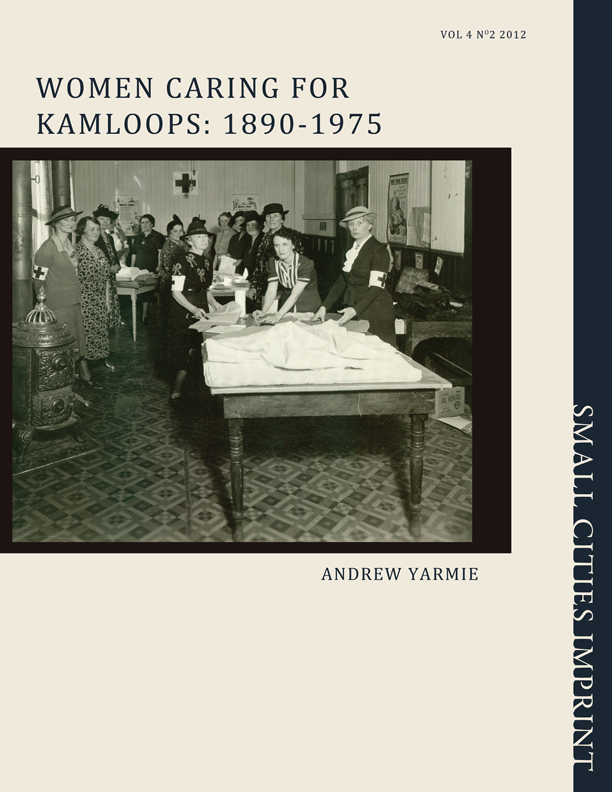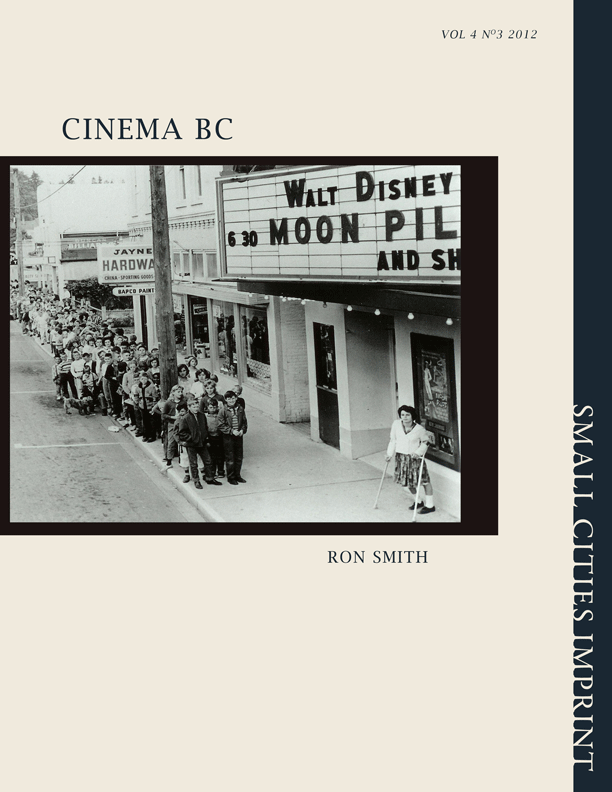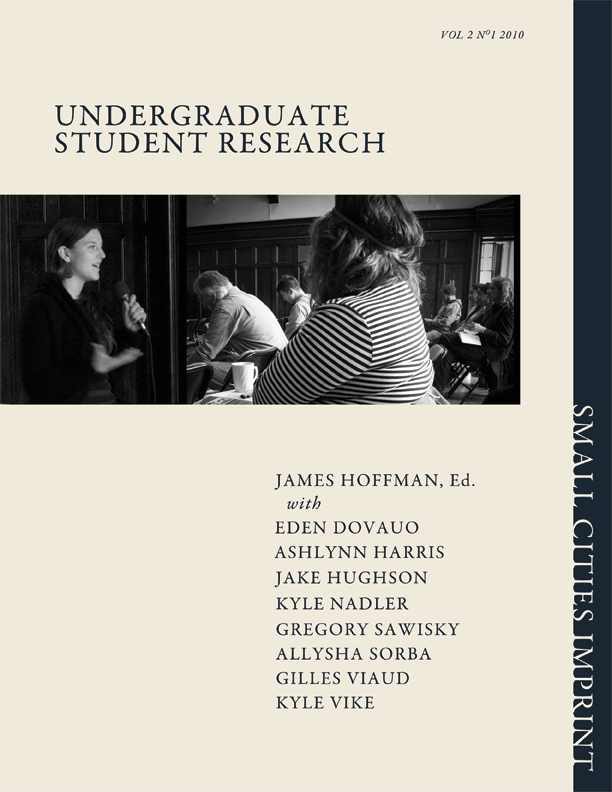Archives
-

MIAMI VIRTUE AND THE ULMER TAPES
Vol. 3 No. 2 (2012)The allegory (mystory) of Myami produced a pattern, a repetition across the four discourses, that is the point of coherence holding the diverse narratives together in a holistic mood. This unifying item is a mattress, featured prominently in "Crossroads," used mattresses being one of the primary cargoes transported to Haiti by the traders (chiffoniers). This repeating object is the punctum trigger of the group epiphany, a dialectical image showing the transference between the consultant's childhood situation and the policy scene. The impoundment of the Haitian boats by the Coast Guard evokes Revelle's feeling about her own life situation. The mattress is a "sublime object," an "objectity" or "quasi-object," constructed in a field of desire, which is to say that it escapes entirely the empirical methods of conventional consulting. Electrate categories expose a dimension of reality causing the intractability of problems conceived strictly in utilitarian terms. -
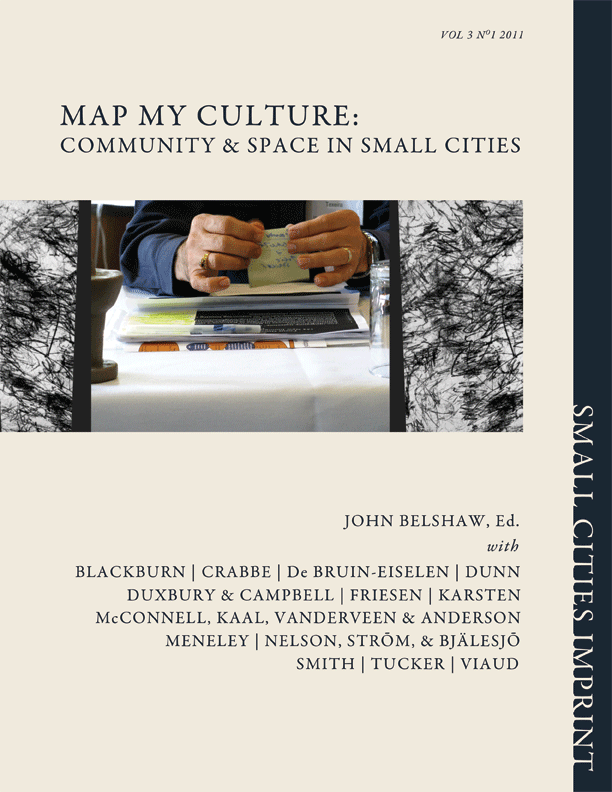
Map My Culture: Community and Space in Small Cities
Vol. 3 No. 1 (2011)Where does culture – defined broadly but including values and sensibilities and ways of living in addition to the arts – reside? Is it in the official (typically civic-run) venues? In the muddy concert-ground field? Is it in the remnants of an ancient estuarial fishing industry or at the sealed-up pithead at Bevan Mines? Do cultural industries like museums and galleries stimulate or compartmentalize creative understandings of identity and place? How are the experiences of the Comox Valley alike and/or different when compared with other small BC cities?
These were questions that opened the Map My Culture project. Although the conference title provoked a syncopated raising of eyebrows, its meaning was immediately clear to runners and cyclists in the research group who, familiar with the highly popular Map My Run and Map My Ride online software, got the allusion to the play between space and activity. Is culture something we go to see? Where does one, as an individual, go to engage with it? Is it something that we carry with us along the way? Do we take it away? What is its imprint beneath our feet? And, ultimately, to what extent is it a personal (and personalize-able) phenomenon?
The proceedings of this three-day gathering reflect all of these concerns.
-
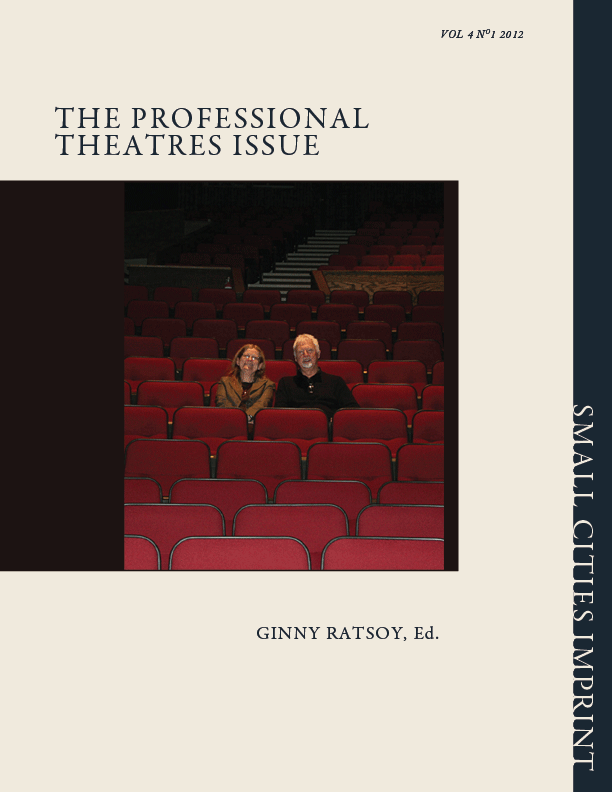
The PROFESSIONAL THEATRES ISSUE
Vol. 4 No. 1 (2012)This issue of The Small Cities Imprint represents the culmination of over five years of research James Hoffman and Ginny Ratsoy undertook in their role in Thompson Rivers University’s Community-University Research Alliances Program, “Mapping Quality of Life & the Culture of Small Cities.” Their mission – to examine, analyze, and evaluate the relationship of three professional theatre companies in the small British Columbia cities of Kamloops, Prince George, and Nanaimo to their audiences – has been accomplished with the able assistance of a coterie of undergraduate students and innumerable participants in interviews, surveys, roundtables, and the like. The small city professional theatre – audience relationship is examined, both historically and in the present, from multiple perspectives: first, from their own, as both theatre scholars and audience members; second, from the perspectives of a variety of theatre practitioners in the cities; and third, from the vantage points of both present and prospective audience members in the three cities. These approaches are complemented by extensive research into performance theory and best practices.
